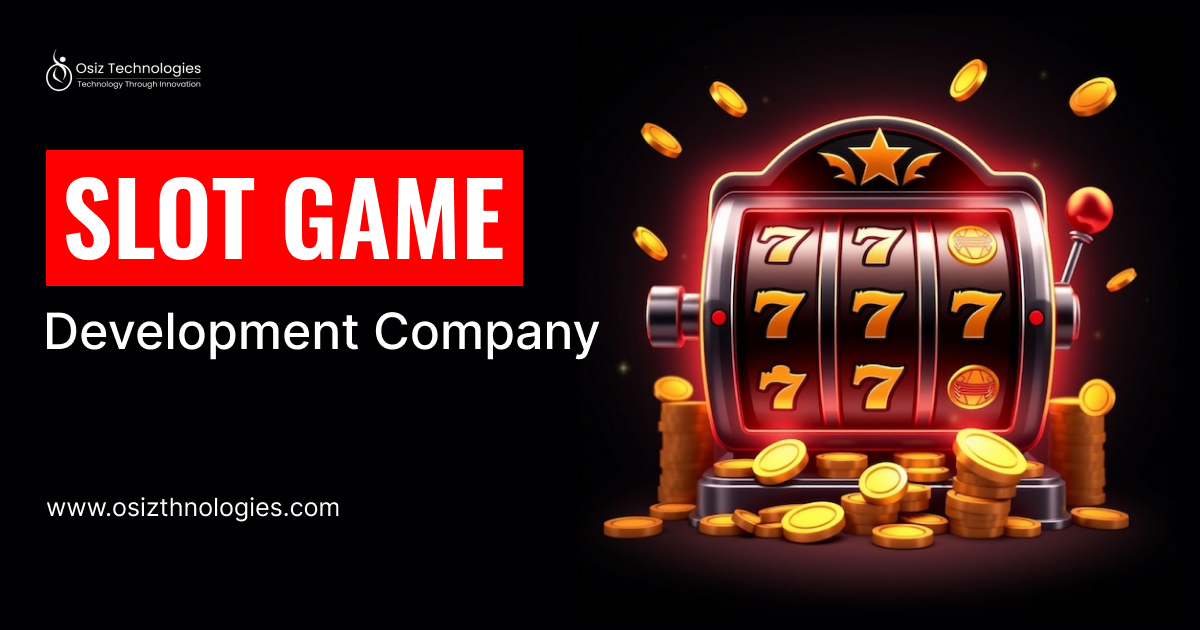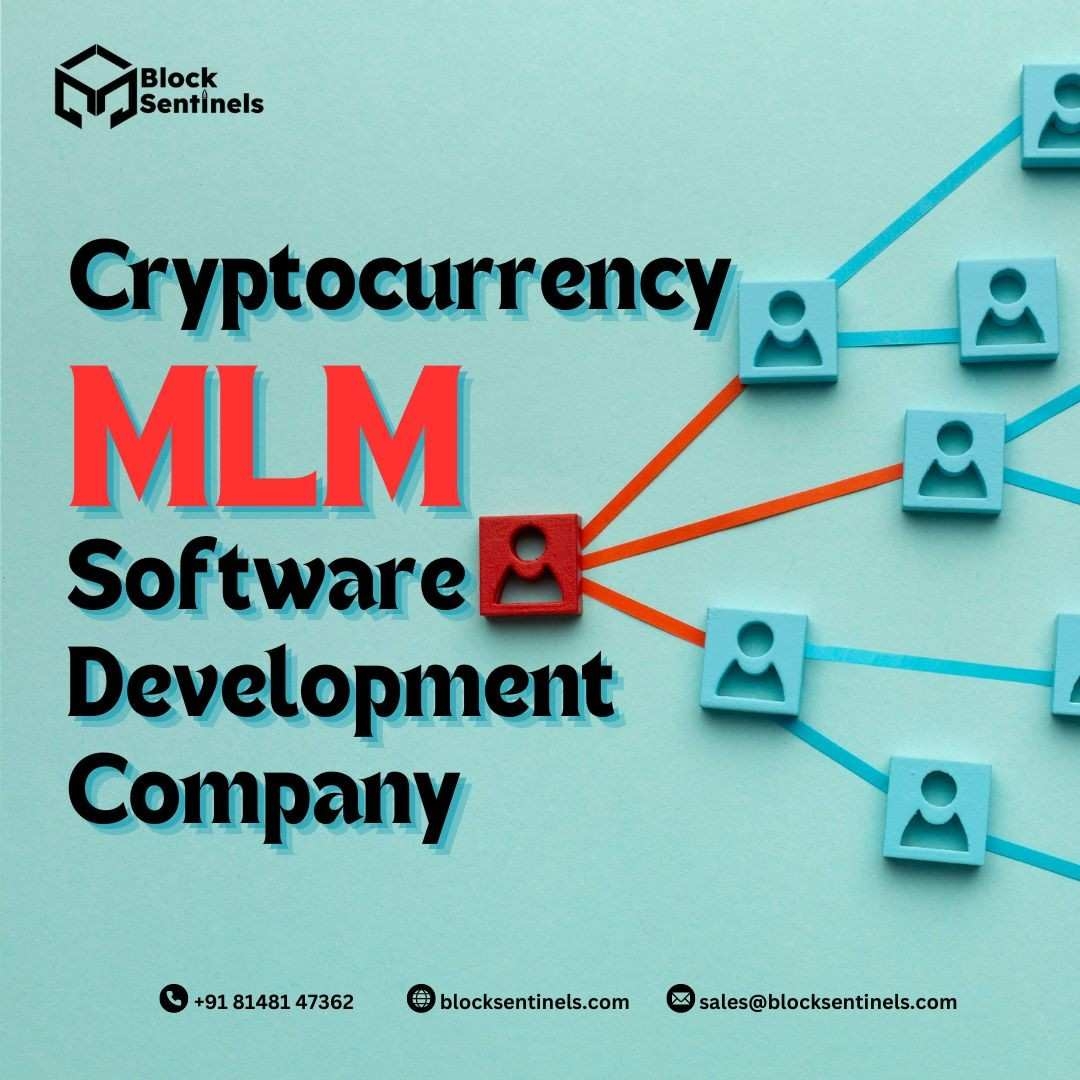Composable Infrastructure: Flexible Infrastructure for a Dynamic World
Composable infrastructure is reshaping the landscape of IT architecture, offering unparalleled flexibility, efficiency, and scalability. At its core, composable infrastructure enables the decoupling of hardware resources—compute, storage, and networking—into shared resource pools that can be dynamically allocated and reallocated based on the needs of applications and workloads. This marks a significant departure from traditional fixed infrastructure, where resources are often rigidly assigned and underutilized.
One of the main advantages of composable infrastructure is its ability to enhance operational agility. Organizations can provision and adjust resources in real-time, enabling them to respond swiftly to changing business demands and optimize resource utilization. For instance, during peak usage times, more compute power can be allocated to critical applications, and once the demand subsides, those resources can be redirected to other tasks. This dynamic allocation reduces waste and improves the overall efficiency of IT operations.
Composable infrastructure also plays a crucial role in supporting digital transformation initiatives. As businesses increasingly rely on data-driven decision-making and real-time analytics, the ability to seamlessly scale and adapt infrastructure becomes essential. Composable infrastructure provides a flexible foundation that can support a wide range of modern applications, from big data analytics to artificial intelligence and machine learning workloads.
Furthermore, composable infrastructure simplifies the management of IT resources. Through centralized management tools and software-defined interfaces, IT teams can automate many tasks that would traditionally require manual intervention. This reduces the complexity and administrative burden associated with managing disparate hardware components, allowing IT personnel to focus on strategic initiatives rather than routine maintenance.
The transition to composable infrastructure is also driven by the need for cost-effective solutions. By optimizing resource allocation and reducing the need for over-provisioning, organizations can achieve significant cost savings. Additionally, the pay-as-you-go model often associated with composable infrastructure aligns with budget constraints and financial planning, making it an attractive option for businesses of all sizes.
Despite its many benefits, adopting composable infrastructure is not without challenges. Integrating this new approach with existing systems and workflows can be complex and may require a cultural shift within IT departments. Additionally, ensuring compatibility with legacy applications and hardware can pose difficulties. However, the long-term advantages, including increased agility, efficiency, and scalability, often outweigh these initial hurdles.
In conclusion, composable infrastructure represents a transformative approach to IT resource management, offering a flexible and efficient solution for modern enterprises. By decoupling and dynamically allocating resources, organizations can better meet the demands of today's fast-paced, data-driven world. As technology continues to evolve, composable infrastructure is poised to become a foundational element of agile and responsive IT environments, driving innovation and supporting the growth of businesses across various industries.
https://www.marketdigits.com/composable-infrastructure-market Composable Infrastructure: Flexible Infrastructure for a Dynamic World
Composable infrastructure is reshaping the landscape of IT architecture, offering unparalleled flexibility, efficiency, and scalability. At its core, composable infrastructure enables the decoupling of hardware resources—compute, storage, and networking—into shared resource pools that can be dynamically allocated and reallocated based on the needs of applications and workloads. This marks a significant departure from traditional fixed infrastructure, where resources are often rigidly assigned and underutilized.
One of the main advantages of composable infrastructure is its ability to enhance operational agility. Organizations can provision and adjust resources in real-time, enabling them to respond swiftly to changing business demands and optimize resource utilization. For instance, during peak usage times, more compute power can be allocated to critical applications, and once the demand subsides, those resources can be redirected to other tasks. This dynamic allocation reduces waste and improves the overall efficiency of IT operations.
Composable infrastructure also plays a crucial role in supporting digital transformation initiatives. As businesses increasingly rely on data-driven decision-making and real-time analytics, the ability to seamlessly scale and adapt infrastructure becomes essential. Composable infrastructure provides a flexible foundation that can support a wide range of modern applications, from big data analytics to artificial intelligence and machine learning workloads.
Furthermore, composable infrastructure simplifies the management of IT resources. Through centralized management tools and software-defined interfaces, IT teams can automate many tasks that would traditionally require manual intervention. This reduces the complexity and administrative burden associated with managing disparate hardware components, allowing IT personnel to focus on strategic initiatives rather than routine maintenance.
The transition to composable infrastructure is also driven by the need for cost-effective solutions. By optimizing resource allocation and reducing the need for over-provisioning, organizations can achieve significant cost savings. Additionally, the pay-as-you-go model often associated with composable infrastructure aligns with budget constraints and financial planning, making it an attractive option for businesses of all sizes.
Despite its many benefits, adopting composable infrastructure is not without challenges. Integrating this new approach with existing systems and workflows can be complex and may require a cultural shift within IT departments. Additionally, ensuring compatibility with legacy applications and hardware can pose difficulties. However, the long-term advantages, including increased agility, efficiency, and scalability, often outweigh these initial hurdles.
In conclusion, composable infrastructure represents a transformative approach to IT resource management, offering a flexible and efficient solution for modern enterprises. By decoupling and dynamically allocating resources, organizations can better meet the demands of today's fast-paced, data-driven world. As technology continues to evolve, composable infrastructure is poised to become a foundational element of agile and responsive IT environments, driving innovation and supporting the growth of businesses across various industries.
https://www.marketdigits.com/composable-infrastructure-market





